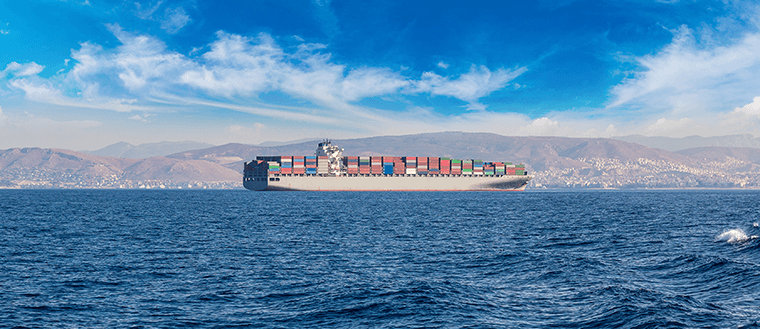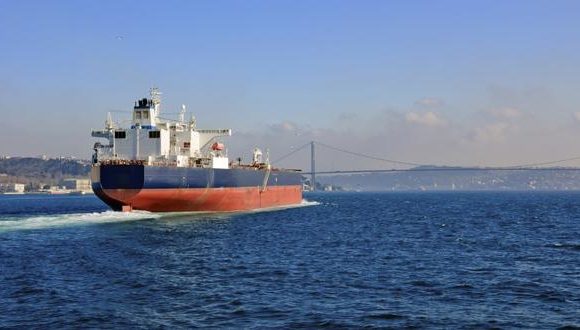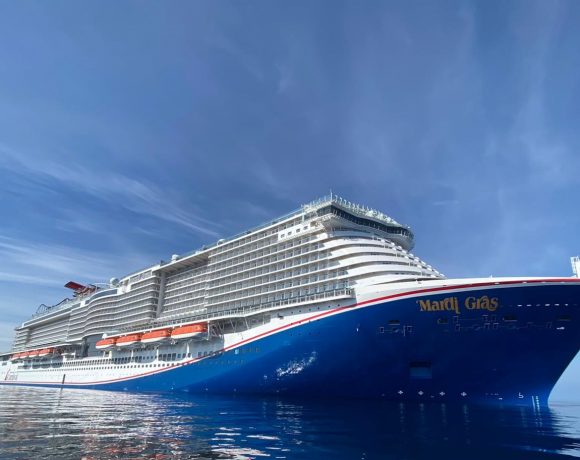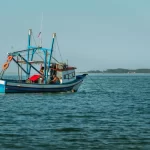The Next Wave: Green Corridors – Executive Summary

Zero-emission fuels and vessels will need to start being deployed at scale over the next decade to achieve full decarbonisation of the shipping sector by 2050. The piloting and demonstration of decarbonisation technologies has already begun; however, scaling these initial efforts into industry-wide solutions will be challenging, given the heterogeneous and complex nature of the global shipping industry.
The creation of green corridors—specific trade routes between major port hubs where zero-emission solutions have been demonstrated and are supported— cuts through some of this complexity. For instance, green corridors can leverage favourable conditions for accelerated action as they allow policy makers to create an enabling ecosystem with targeted regulatory measures, financial incentives, and safety regulations. They can also put conditions in place to mobilise demand for green shipping on specific routes. Finally, green corridors can help to catalyse accelerated decarbonisation by creating spill- over effects that will reduce shipping emissions on other corridors.
For a route to be selected as a candidate for a green corridor, it needs to have potential for large-scale decarbonisation, thereby creating the necessary impact to help the shipping sector achieve its decarbonisation goals. This also needs to be feasible from an implementation viewpoint. This report suggests that four critical building blocks need to be in place to establish a green corridor:
1. Cross-value-chain collaboration: A green corridor requires stakeholders that are committed to decarbonisation and are willing to explore new forms of cross-value-chain collaboration to enable zero-emission shipping from both the demand and supply side.
2. A viable fuel pathway: Availability of zero-emission fuels, along with bunkering infrastructure to service zero-emission vessels, are essential factors.
3. Customer demand: Conditions need to be in place to mobilise demand for green shipping and to scale zero-emission shipping on the corridor.
4. Policy and regulation: Policy incentives and regulations will be necessary to narrow the cost gap and expedite safety measures.
Pre-feasibility studies have been undertaken on two corridors: the Australia-Japan iron ore route and the Asia-Europe container route. The findings suggest that the green corridor concept, when applied to both routes, provides sufficient scale for impact and the necessary specificity—across fuel pathway, cargo, policy-making environment, and vessel type—to enable a feasible, accelerated decarbonisation roadmap for the shipping industry.
A third route—the Northeast Asia-US car carrier route—is presented as a case study, given its relative impact and strong stakeholder commitment to decarbonisation. On this route, there are significant opportunities for industry players to collaborate endto-end across the value chain to reduce emissions, even before zero-emission fuels become available.
The Australia-Japan iron ore route
The shipping of iron ore between Australian mines and Japanese steelmakers has a number of advantages that could support the development of a green corridor. The route offers a promising zero-emission fuel pathway owing to favourable production conditions and significant announced green hydrogen capacity. For instance, companies active in Australia have announced plans to build 29 GW
of hydrogen electrolyser capacity by 2030. With the relative simplicity of the stakeholder environment, and the existing political collaboration between Australia and Japan, the adoption of important regulations and incentives is a feasible option. Additionally, value-chain actors have made significant decarbonisation commitments that could lay the groundwork for innovative cross-value-chain collaborations. Key findings include the following:
- Techno-economic analysis suggests that green ammonia is a likely fuel choice (assuming that safety concerns can be resolved.) for the Australia-Japan iron ore corridor, with bunkering in North West Australia for the initial zeroemission vessels. Depending on the measures implemented in the corridor, an end-to-end annualised total cost of ownership (TCO) gap of $6 million to $8 million (equivalent to a 50 to 65 percent incremental cost increase) per vessel (comparing a vessel operating on green ammonia with one powered by fossil fuels) could be expected in 2030.
- A policy to subsidise charterers’ fuel use would lower the costs and risks for private stakeholders in both countries. Due to the limited number of journeys on the route, this policy could close the cost gap at a cost of $250 million to $350 million per year, depending on prevailing fuel prices.
- New partnerships such as joint ventures between miners, vessel operators, and fuel producers can lead to mobilised demand for green shipping on the corridor, or new mechanisms allowing the costs and benefits of zero-emission fuel use to be transferred between fuel purchasers and the participants in the market.
The Asia-Europe container route
This route currently generates more greenhouse gas (GHG) emissions than any other single global trading route, but also presents promising conditions for developing a green corridor. First, the pipeline of announced green hydrogen projects—which amounts to 62 GW of hydrogen electrolyser capacity by 2030 in Europe, the Middle East, and Australia for bunkering in Asia—is likely to be more than sufficient to serve the greening of the corridor. Second, there is growing demand for decarbonisation throughout the value chain, from end consumers to freight forwarders and shipping lines. Third, the characteristics of the freight on this route may allow participants to share costs with end consumers without a significant increase in retail prices. Furthermore, shipping decarbonisation is a growing priority for policymakers along the route. Key findings include the following:
- Green methanol and green ammonia are the two zero-emission fuels likely to be deployed on the route. While methanol engines are available currently, green ammonia has the long-term cost advantage on this route. Depending on the measures implemented in the corridor, an end-to-end annualised TCO gap of between $10 million and $13 million per vessel (equivalent to a 35 to 45 percent incremental cost increase) could be expected in 2030. Actions under consideration by policymakers, such as the EU’s Fit for 55 package for shipping, could reduce the cost gap to 25 percent in 2030.
- The Asia-Europe corridor offers the opportunity to establish demand coalitions from cargo owners, as well as create book-and-claim systems that would allow them to aggregate efficiently and benefit from zero-emission fuel use. These are key levers for greening container shipping; establishing them in this corridor could set the stage for global adoption.
These two feasibility studies suggest that the mutually reinforcing actions needed from industry and policymakers to decarbonise shipping could be delivered via green corridors. When this model is replicated globally, benefits would spill over to other corridors. For example, investments in fuel infrastructure on one corridor could remove uncertainty around zero-emission fuel supply availability on others. Recycling a corridor’s share of revenues into support mechanisms could close the gap entirely. On all green corridors, the success factors would likely be similar: corridor-level consensus on fuel pathways, policy support to help close the cost gap for higher-cost zero-emission fuels, and value-chain initiatives to pool demand.
Aligning on a corridor-specific decarbonisation roadmap would help to make these mutually reinforcing actions transparent and provide all stakeholders with the confidence that is needed to invest, co-ordinate, and deliver the solutions at scalerequired by 2030.















